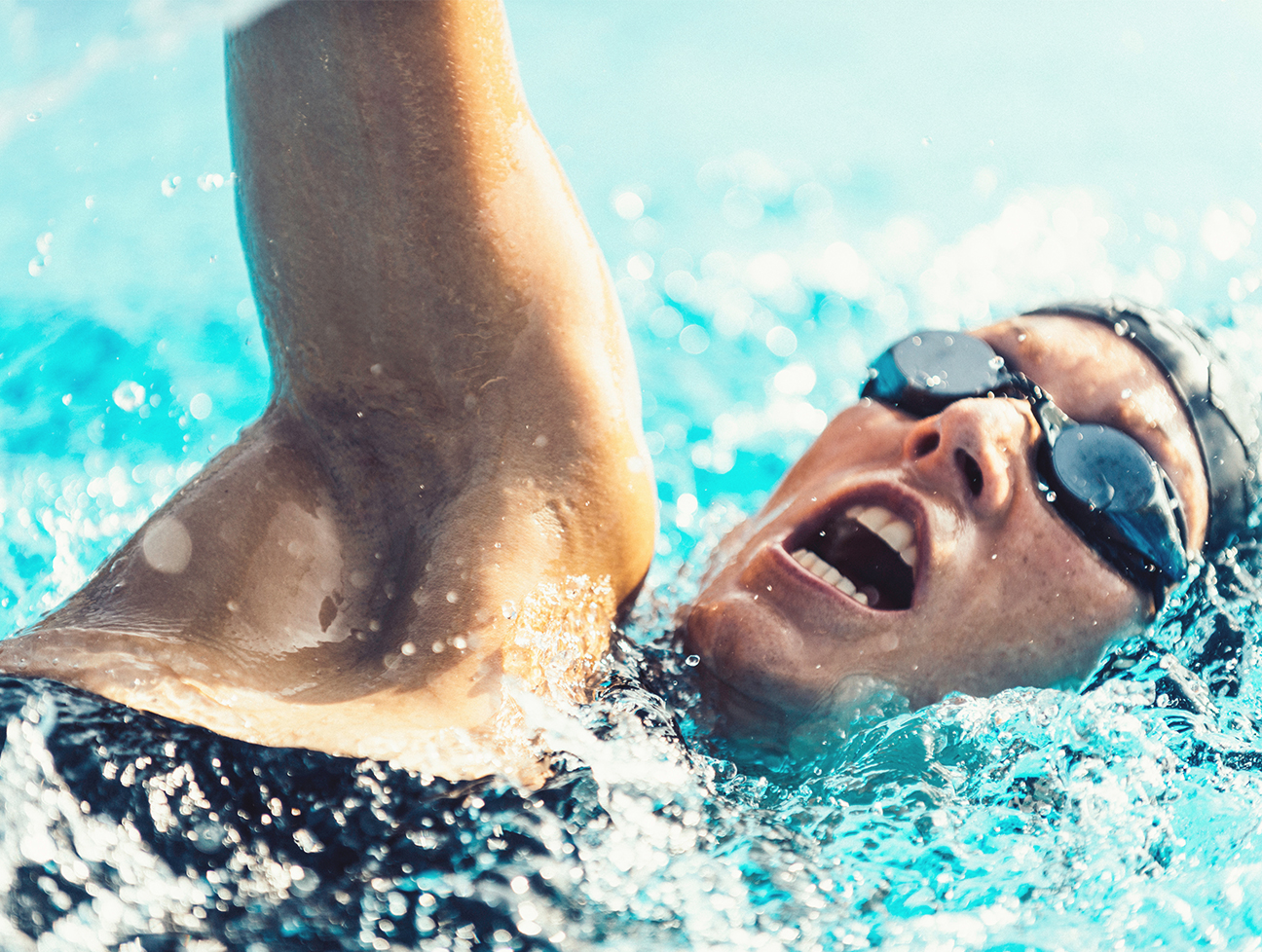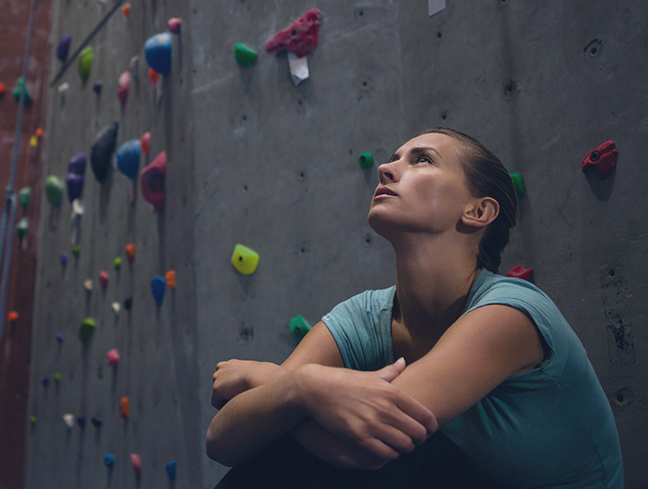To be anxious as an athlete or a performer is to be activated. It’s both an autonomic, natural response to challenging circumstances and a positive sign that what you’re engaged in is important to you. If you’re anxious, you likely care about what’s in front of you, and your body is attempting to prepare you for it.
If we think about anxiety in these terms, our strategies for managing it become no different than our strategies for ramping up our activation levels when we’re feeling bored or flat: we reach within our autonomic circuitry and use what we can control to dial up, or dial back, our internal energy. That key controllable is our breathing.
We can’t will our hearts to beat slower or for our muscles to loosen, or make our palms stop sweating or our minds stop racing, but we can, in almost all circumstances, control our breathing. Our breathing is the one part of our autonomic nervous system that can be manipulated by our mind and our behavior. It is a doorway to managing our bodies’ natural reaction to stress. If we slow down our breathing, our bodies follow in kind. If we intensify or speed our breathing, our bodies speed up with us.





